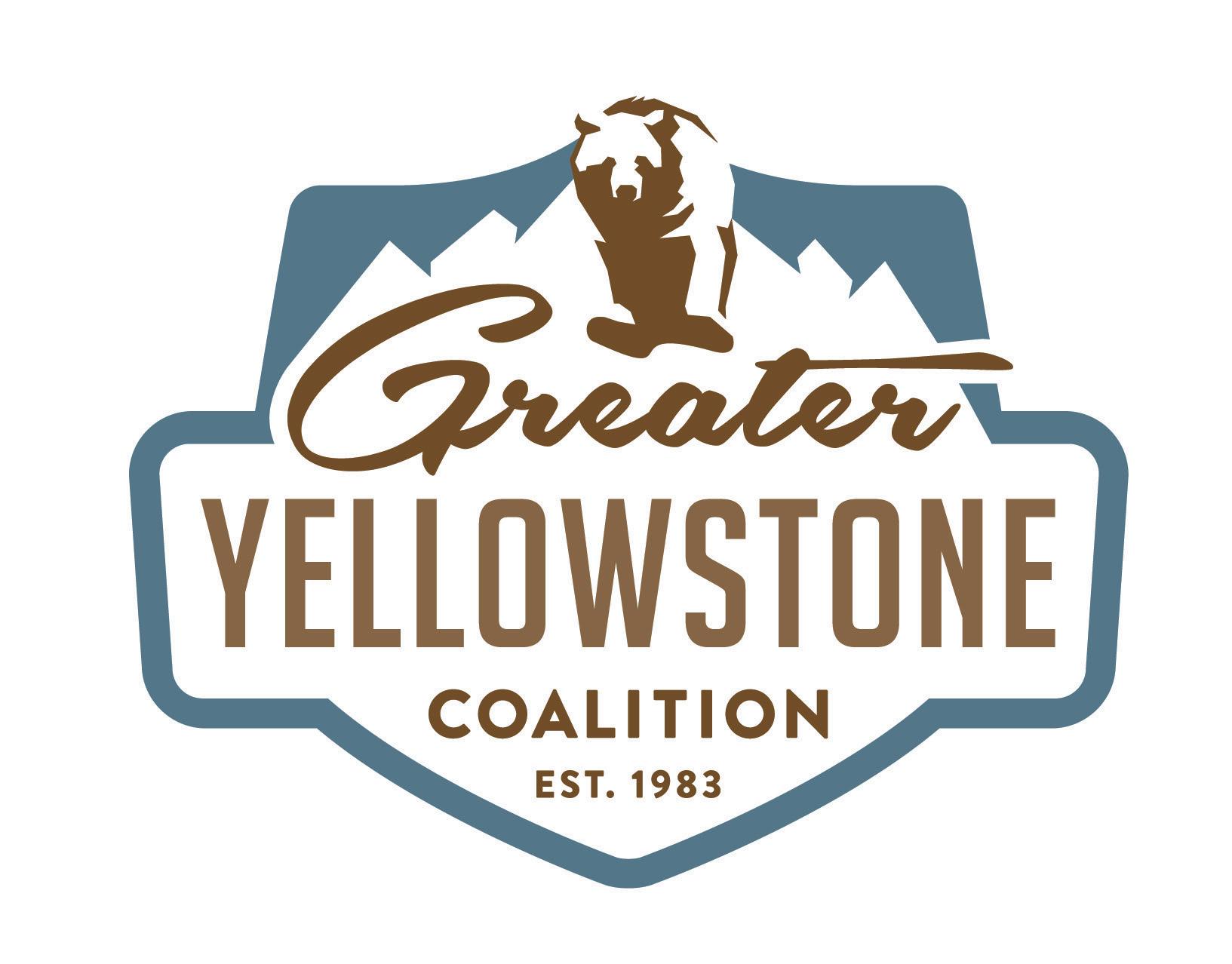

THE SOURCE
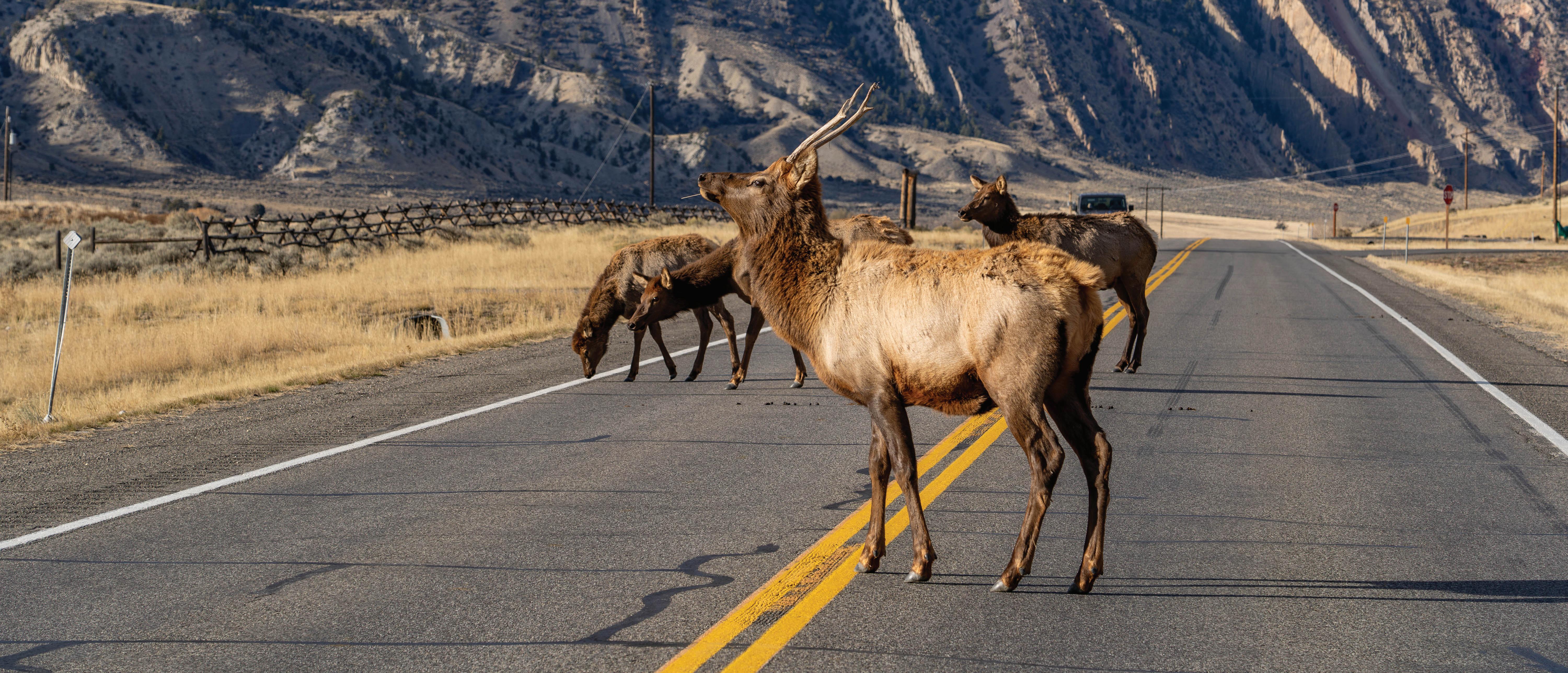
Photo GYC/London Bernier

A Win for Wildlife and Safer Roads
Montana has long been defined by its breathtaking landscapes, abundant wildlife, and open roads that connect us not just geographically, but culturally. But these values don’t just sustain themselves. They need help from us.
The Montana Legislature and Governor Greg Gianforte recently made important investments toward keeping people safe and wildlife alive on Montana roads.
House Bills (HB) 855 and 932 reaffirm Montana’s commitment to responsible stewardship of the state’s natural heritage while also prioritizing the safety of drivers on roads that crisscross the state.
Passing these important bills is more than good governance—it’s common sense backed by data, local input, and the kind of long-term vision Montana needs.
The average Montanan faces a 1-in-53
chance of hitting an animal each year, and from 2008 to 2020, more than 29,000 large-animal collisions cost the state an estimated $212 million annually.
HB 855 lays the groundwork for smart investments in wildlife crossing infrastructure. The law establishes the Fish, Wildlife & Parks Wildlife Highway Crossings and Accommodations Account, a stand-alone fund to build wildlife crossings and a new state license plate that could generate $160,000 annually.
From underpasses and overpasses to strategic fencing and signage, these tools are proven to significantly reduce wildlifevehicle collisions.
HB 932 complements this effort by setting aside a share of marijuana tax revenue to support habitat and water conservation efforts, wildlife connectivity,
and wildlife crossing projects across Montana.
These laws strike a balance honoring Montana’s wild legacy while ensuring practical benefits for today’s residents, visitors, and future generations.
Let this moment be a model of what’s possible when sound science, love for wildlife, and public safety come together. HB 855 and HB 932 are investments not just in infrastructure, but in keeping Montana a beacon of natural wonder.
Together, these two bills create a powerful blueprint for making roads safer and more resilient while keeping Greater Yellowstone’s wildlife movement and migration corridors intact.
Thank you for supporting these important conservation efforts! Supporters like you help make these wins possible.
KEEPING PUBLIC LANDS IN PUBLIC HANDS
On June 28, 2025, Utah Senator Mike Lee withdrew his American public land sell-off plan, which would have sold and privatized millions of acres of public land across 11 western states. This decision is a huge bipartisan win for the Greater Yellowstone Ecosystem and shows the incredible uniting power of our public lands.
Senator Lee’s plan posed an immediate threat to our public lands and set a dangerous precedent for the future sale of even more public lands. Once large pieces of our national lands are sold to the highest bidder and developed, the public will never again have access to these lands for outdoor recreation, ranching, hunting, clean water, fishing, and the family traditions treasured by millions of Americans. Not to mention the loss of habitat for healthy fish and wildlife populations we all treasure.
Thanks to thousands of GYC advocates and people across the country, we made it clear that our public lands are not, and never will be, for sale. People from every walk of life and political perspective stood up for public lands and made their voice heard. Because of you, we stopped this assault on our national public lands.
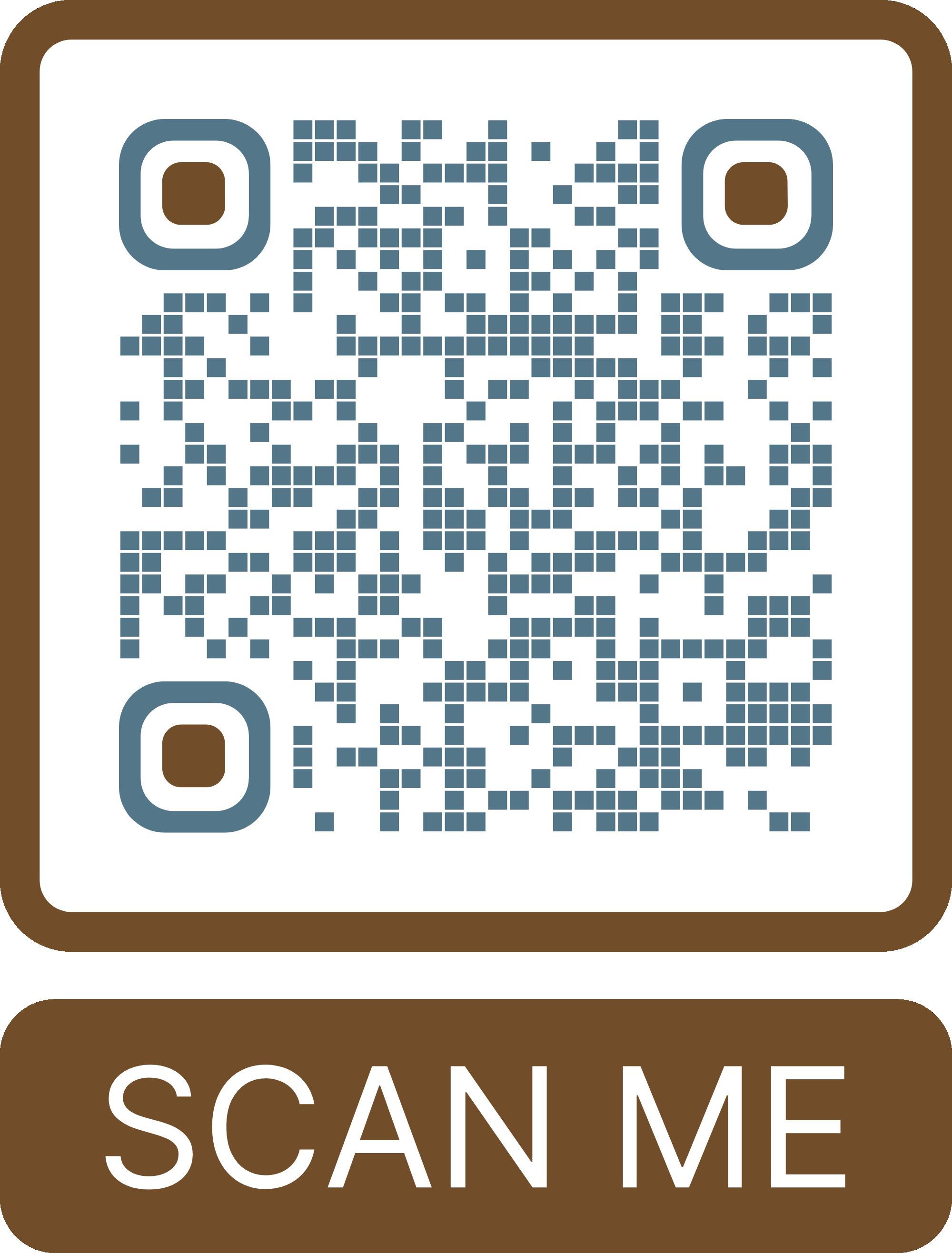
However, it’s clear the fight to keep public lands in public hands is not over. Senator Lee is already talking about introducing new proposals to sell public lands. GYC will diligently monitor threats to public lands and call on Americans to take action against these short-sighted and misguided proposals.
Sign our petition by scanning the QR code or going to lovegyc.org/publiclands to show your opposition to the sale of public lands and you’ll receive important calls to action on any emerging sell-off provisions. Thank you!
Did you know that public lands make up about 70 percent of the Greater Yellowstone Ecosystem?
There isn’t a one-size-fits-all approach when it comes to public lands. Different types of public lands are managed by different agencies and allow varying recreation and resource extraction. These are some of the types of public lands found in the Greater Yellowstone Ecosystem.
National Parks
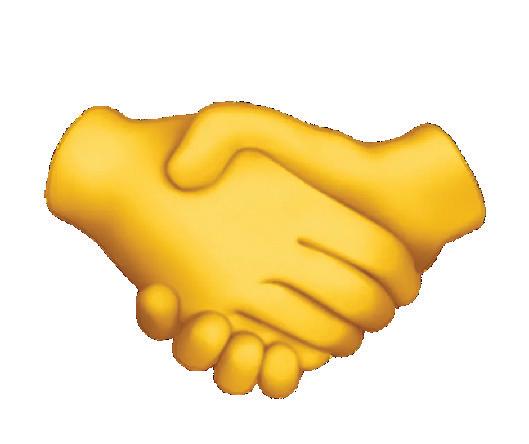
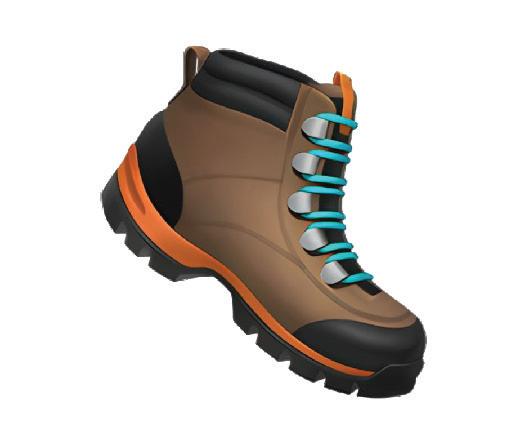
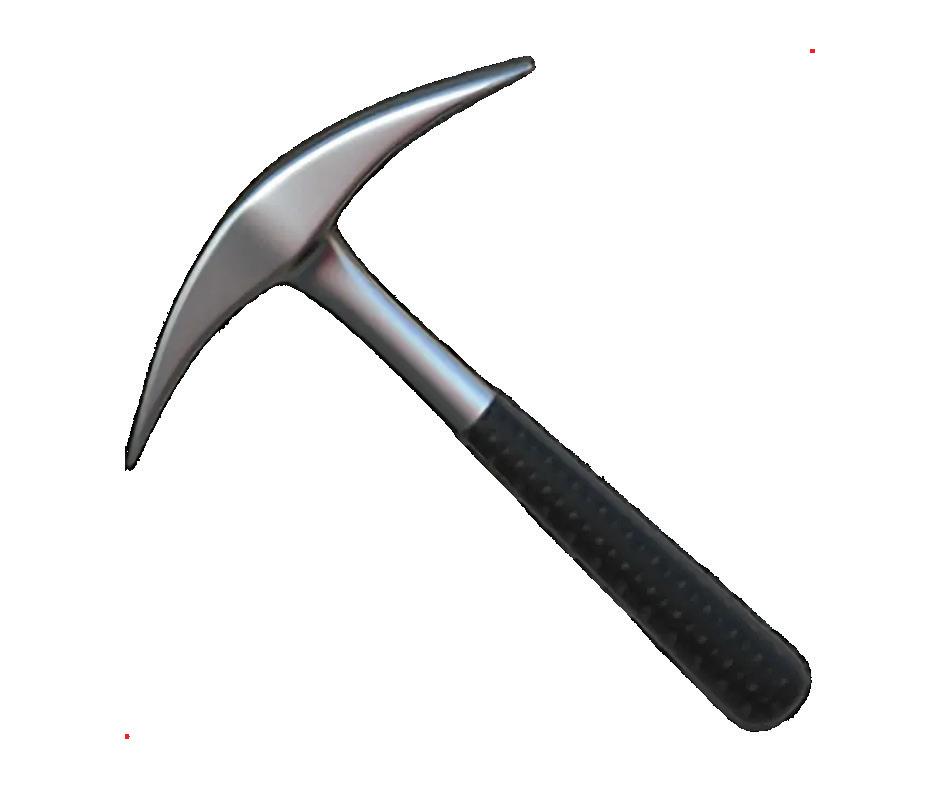
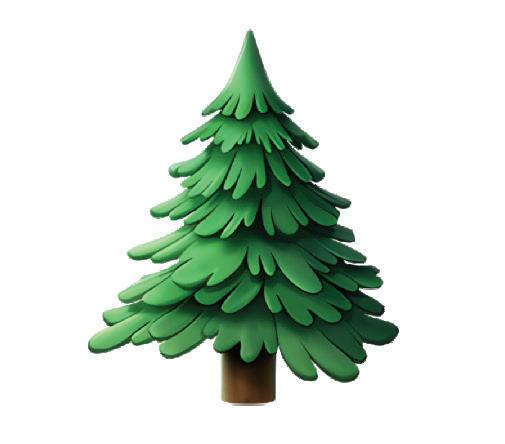
Managed by the National Park Service under the Department of the Interior
Recreational opportunities vary by park but in general, hiking, camping, fishing, and wildlifewatching are popular
Resource extraction is prohibited except in very rare cases of existing mineral rights before park designation
10 percent of public lands located in the Greater Yellowstone Ecosystem are national parks
National Forests



Managed by the U.S. Forest Service under the Department of Agriculture
Recreation allowed includes camping, hiking, mountain biking, hunting, fishing, motorized use (limited), horseback riding, and more
Resource extraction, including mining and logging, is allowed by

regulated permits
44 percent of public lands located in the Greater Yellowstone Ecosystem are national forests
Bureau of Land Management (BLM)




Managed by the Bureau of Land Management under the Department of the Interior
Recreation has fewer restrictions than other public lands and allows motorized use in many areas
Resource extraction, including mining, drilling, and logging, is allowed through permits
9 percent of public lands located in the Greater Yellowstone Ecosystem are BLM lands
National Wildlife Refuges


Managed by the U.S. Fish and Wildlife Service under the Department of the Interior
Limited recreational opportunities to protect wildlife, activities include wildlife watching and photography

Resource extraction may be allowed, but it must be compatible with conservation (it is rare and heavily regulated)

Less than 1 percent of public lands located in the Greater Yellowstone Ecosystem are national wildlife refuges
Wilderness

Can be managed by the National Park Service, U.S. Forest Service, Bureau of Land Management, or the U.S. Fish and Wildlife Service

No motorized recreation or biking, but allows hiking and horseback riding, also prohibits roads and permanent structures

Resource extraction is prohibited except in very rare cases of existing mining claims before Wilderness designation

There are 3.9 million acres of Wilderness in the Greater Yellowstone Ecosystem, or about the size of 2.9 million football fields
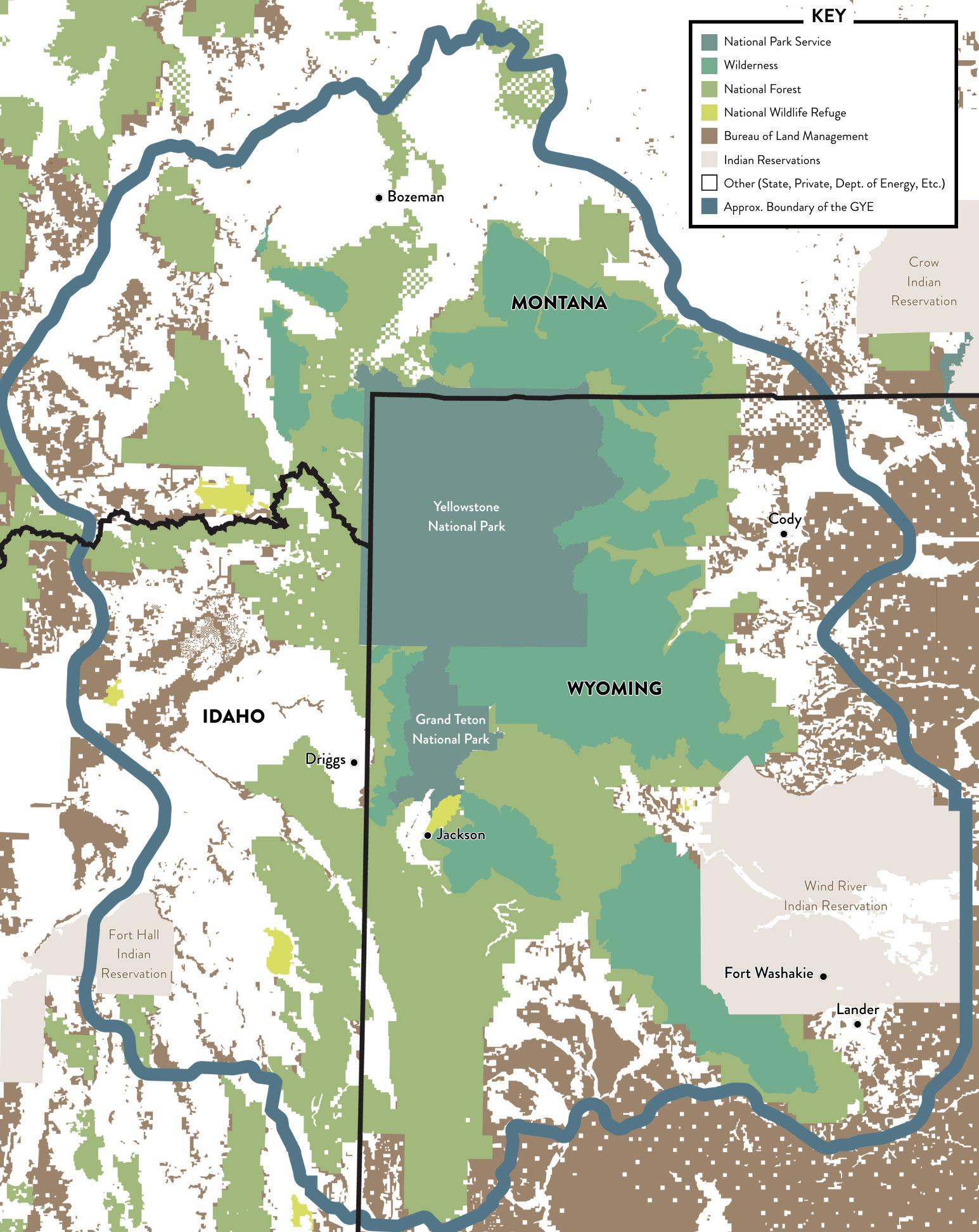
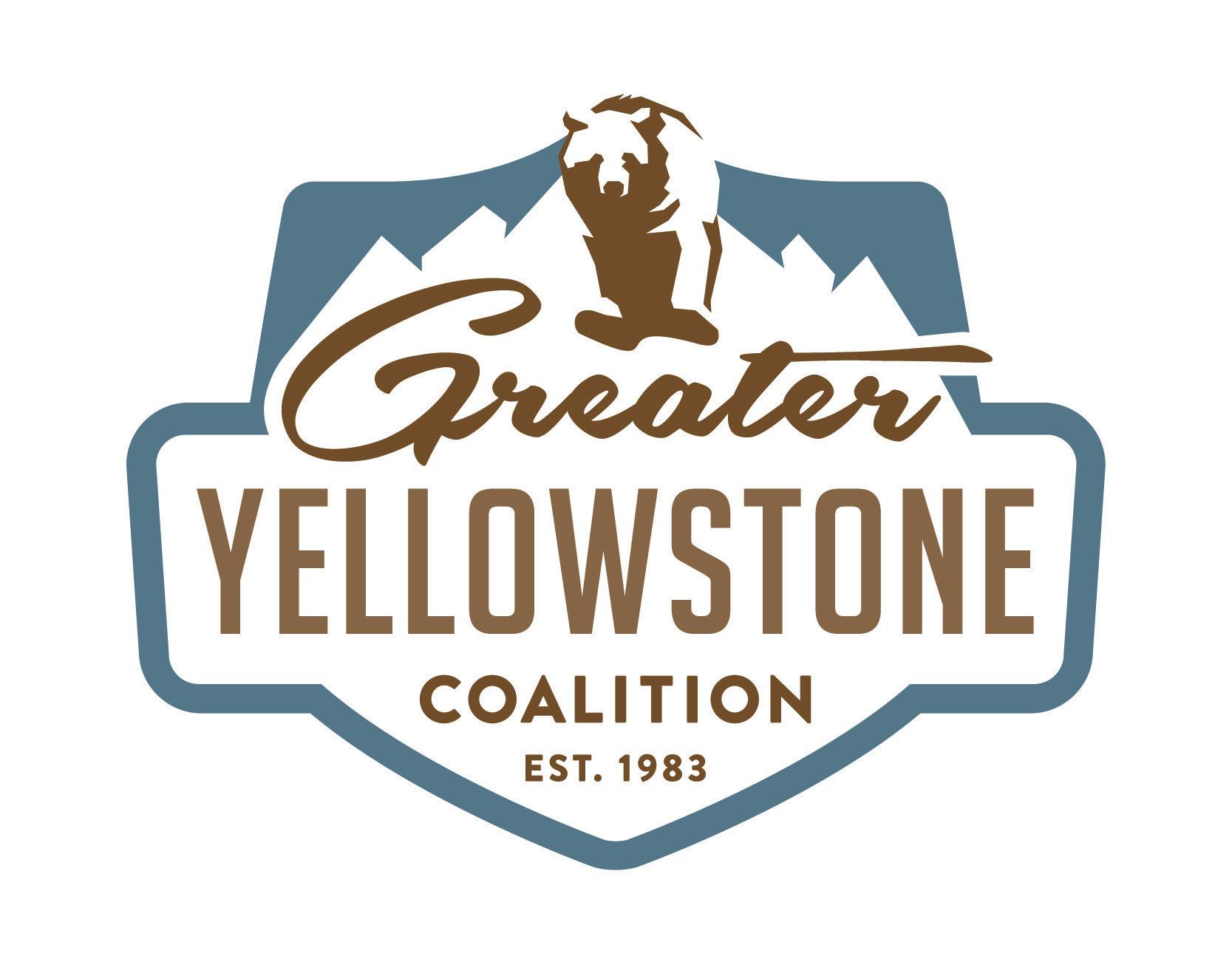
MEET GYC’S NEW DIRECTOR OF DEVELOPMENT: FAYE NELSON
Faye Nelson joined the Greater Yellowstone Coalition team on April 1, 2025 after previous director Melissa Richey was elevated to deputy director.
Faye leads the development team, implements fundraising plans, and secures financial support for GYC’s crucial conservation work. Faye is a fourth-generation Montanan born and raised in Bozeman. Outside of work, you can find her skiing, camping, and fishing in the Greater Yellowstone Ecosystem with her husband, three kids, and dog.
Reach out to Faye with any giving questions at fnelson@greateryellowstone.org or 406-556-2810.
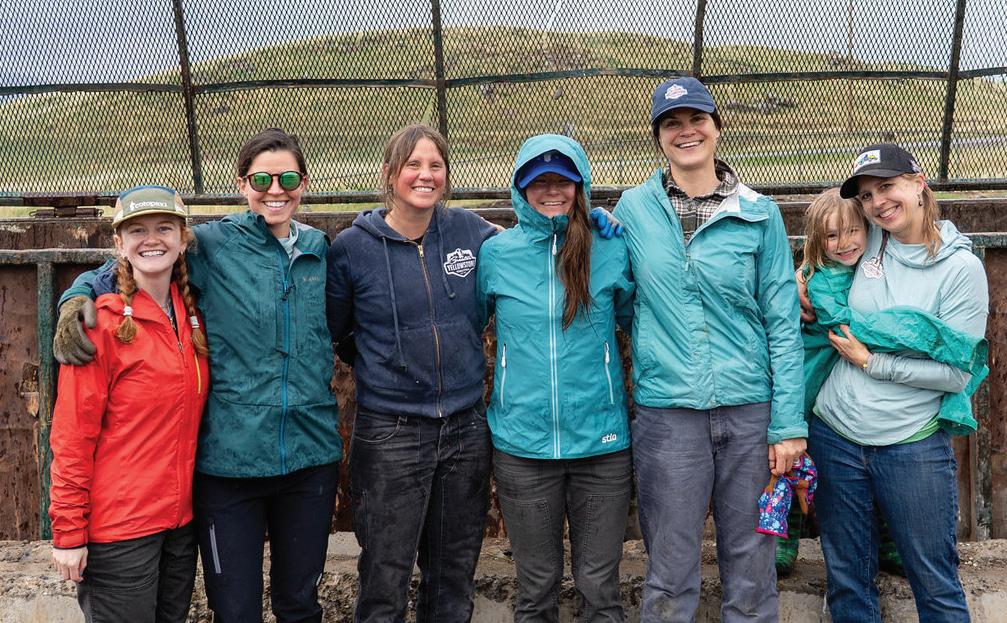
“This June, I had the opportunity to get into the field and clean up a dumpsite near Yellowstone to help prevent grizzly bear conflicts. It’s amazing to see our staff getting boots on the ground and in the community to make a difference for this special region.”
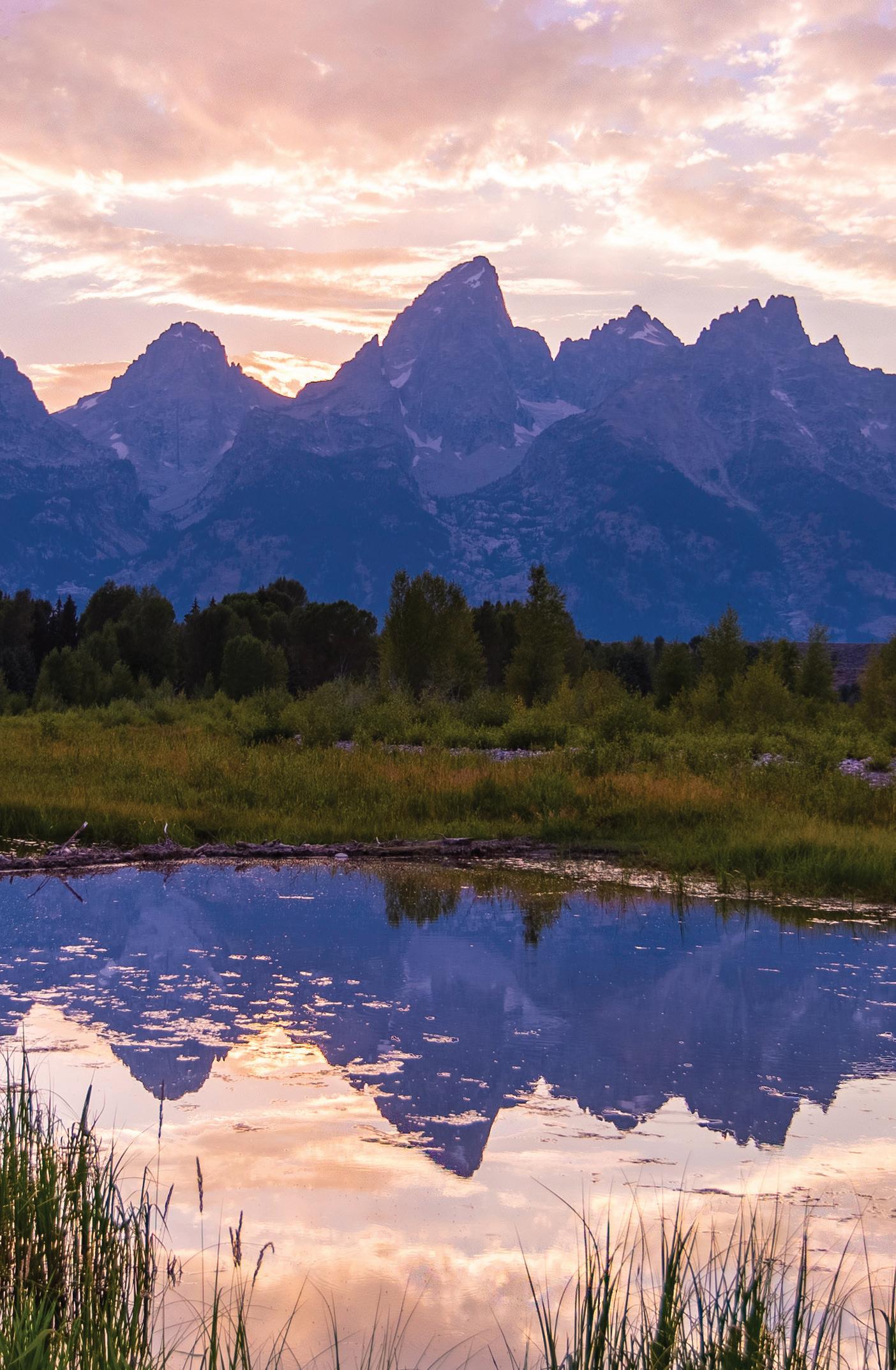
AUGUST IS
MAKE-A-WILL MONTH
Leave a lasting legacy for the lands, waters, and wildlife of the Greater Yellowstone Ecosystem by including the Greater Yellowstone Coalition in your planned giving. Your commitment today helps protect this iconic landscape for generations to come.
August is Make-A-Will Month and there’s no better time to set up your estate plan with GYC in mind. You’ll forever be remembered as a champion for conservation.
There are many ways to make a planned gift based on your financial goals. Some options include creating a bequest, naming GYC as a beneficiary in your life insurance or IRA, or using a gift annuity.
Reach out to Director of Development Faye Nelson at fnelson@greateryellowstone.org or 406-556-2810 to start a conversation or ask questions.
GYC EARNS THE 2025 CANDID PLATINUM TRANSPARENCY RATING
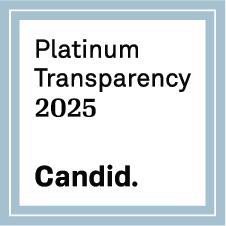
The Greater Yellowstone Coalition holds a platinum transparency rating with Candid and Guidestar, the world’s largest source of information on nonprofit organizations.
Earning the platinum transparency is the highest level a charity can achieve, proving GYC is committed to sound financial management and is using your gifts wisely.
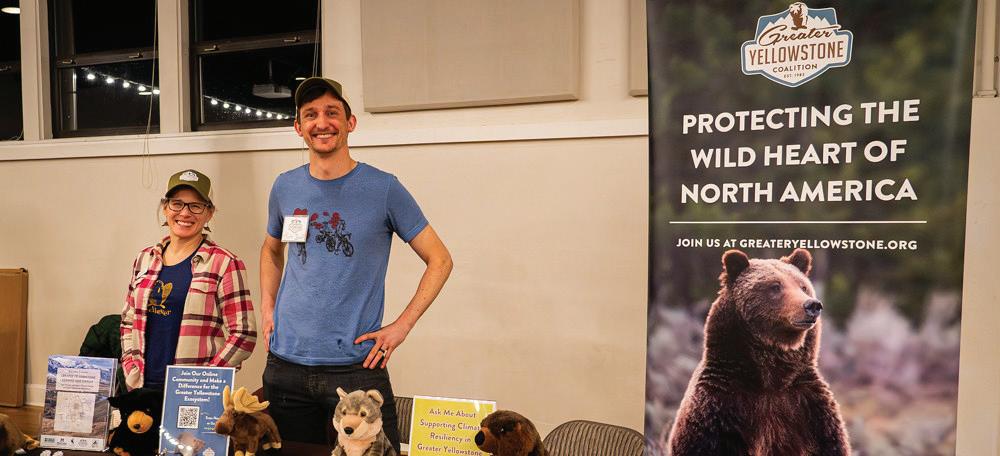
BLOG - LATEST NEWS & UPDATES greateryellowstone.org/blog
EMAILS greateryellowstone.org/signup
ANNUAL REPORTS
greateryellowstone.org/financials
Reports are delivered twice a year to active donors
DONATE lovegyc.org/givetoday
PODCAST
Voices of Greater Yellowstone
WEBINAR RECORDINGS greateryellowstone.org/webinars
FOLLOW US ON

THANK YOU for all you do to protect the wild heart of North America, now and for future generations.
-Faye Nelson (pictured third from right)
